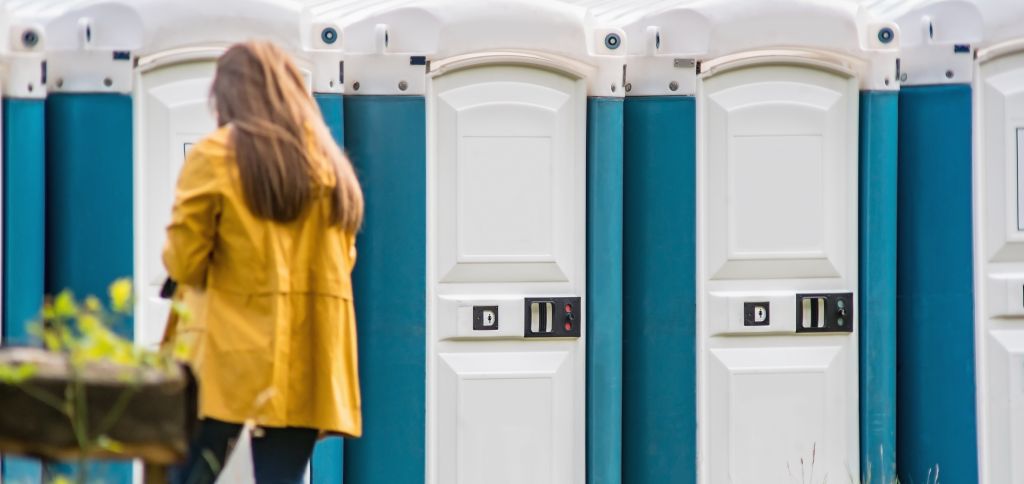Despite their messy reputation, porta potties can be an excellent option for places with no toilet. They are easy to move to a new location and provide a safe place to dispose of waste. However, they can also cause sickness if they are not used properly. Porta potties are designed to last for about ten years, and their parts are designed to last longer.
The process inside a porta-potty is similar to that of a regular toilet. There are vents inside the unit that allow for airflow. The bathroom itself is made from durable polyethylene. Some branches are even ADA-compliant, making them more accessible to people with disabilities.
When a person uses a porta potty, waste is deposited into a large bin. It is then hauled to a sanitation facility. The sanitation facility breaks down the waste with bacteria and microbes. This process helps to keep the porta potty clean and smelling fresh. The sanitation facility also uses biocide to combat the growth of bacteria. Biocides are designed to break down odor-causing bacteria and speed up the decomposition of organic matter. They are non-toxic in diluted form.
The sanitation facility then transports the waste to a sewage treatment plant. The sewage treatment plant uses chemical and biological means to break down sewage. The waste is then buried. Some countries also harvest sewage waste for fertilizer.
The sanitation facility uses a vacuum to transport waste from the portable toilet to a large tanker truck. The truck has a large waste storage unit on the back. The car also has a large hose that attaches to the porta potty. A substantial vacuum transfers waste from the portable toilet to the car.
Porta-potty operators also increase the chemical-to-water ratio in the summer, when the temperatures are higher. This is to combat the growth of gram-positive bacteria. The odors from these bacteria are a significant cause of foul odors beyond human waste.
Occasionally, a porta potty will become overflowing, which can cause a messy mess. Many porta potties have sensors that tell them when to be emptied. These porta-potties may be more expensive than older units. They may also be harder to find in areas with less demand.
The waste from porta potties is then delivered to a municipal treatment plant. The municipal treatment plant uses biological and chemical means to break down sewage. The waste then reaches a large cement field called an evaporation pond. The evaporation pond removes water from the trash and makes it more portable.
Some porta potties contain a deodorizing dye that turns blue when there is enough waste in the tank. The dye is effective as long as the porta potty is regularly cleaned. However, the paint will no longer be effective if it becomes overused.
During hot summer, the temperature can also intensify the smell of waste bacteria. This is why porta potties should be placed in less direct light. They should also be moved to a more natural airflow.

